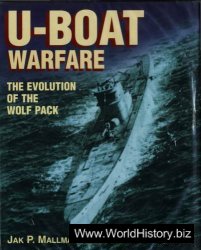In this composition, the word al ‘hoe’ is used as often as possible, as well as many nouns or verb forms beginning with—or merely containing—the syllable al (occasionally also ar). In that sense we could think of it as a long series of puns, or perhaps a tongue-twister; but it is also a sort of one-sided Debate poem (see Group G) which surveys the hoe’s usefulness to gods and humankind alike; and then again it is also a kind of creation account.
The narrative starts with the god Enlil separating heaven from earth and linking the two at Dur-an-ki, his ziggurrat in Nibru (1-7). He does this, we are told, with a primordial hoe made of precious materials (8-17)—for how can one create the world without the right tools to hand? Now Enlil sets to creating people; as in other Mesopotamian creation myths he uses clay as the raw materials, so once again he needs the hoe (18-27). The people themselves take up the hoe in order to build the temples of the Land (28-58). The hoe can be used for other purposes too: as a weapon (59-70) and to bury the dead (71-82). This passage contains several allusions to the GilgameS narratives, including Enkidu’s return from the Underworld (see Gilgames, Enkidu, and the Underworld, Group A) and GilgameS rowing across the waters of death. Then comes an enumeration of all sorts of other objects with names encompassing the sound al (83-93) and a summary of all the useful building and agricultural tasks one can do with the hoe (94-106). Both Nisaba and the hoe are praised at the end of the composition.
The Mesopotamian hoe was more like a mattock than a modern garden hoe. Its wide blade was at right angles to the shaft, which meant it could be used like a pick to break up earth, as well as to till and smooth it. As scribal students in Nibru were mostly affluent urbanites destined for careers in temple administration it is unlikely that any of them would have ever seen the business end of a hoe. The composition should perhaps be seen as at once reminding the young men that the foundations of institutional prosperity rest on manual labour, while distancing them from it through elaborate intellectual word games and clever origin myths.




 World History
World History









